At the moment, a lot of twitter accounts appear to be copying each other and saying that we know nothing about the world prior to the creation of writing. So I thought I'd share one of my favourite pieces of ancient art. This is the 'Lion-Man' & it is about 40,000 years old. 🧵1/ 


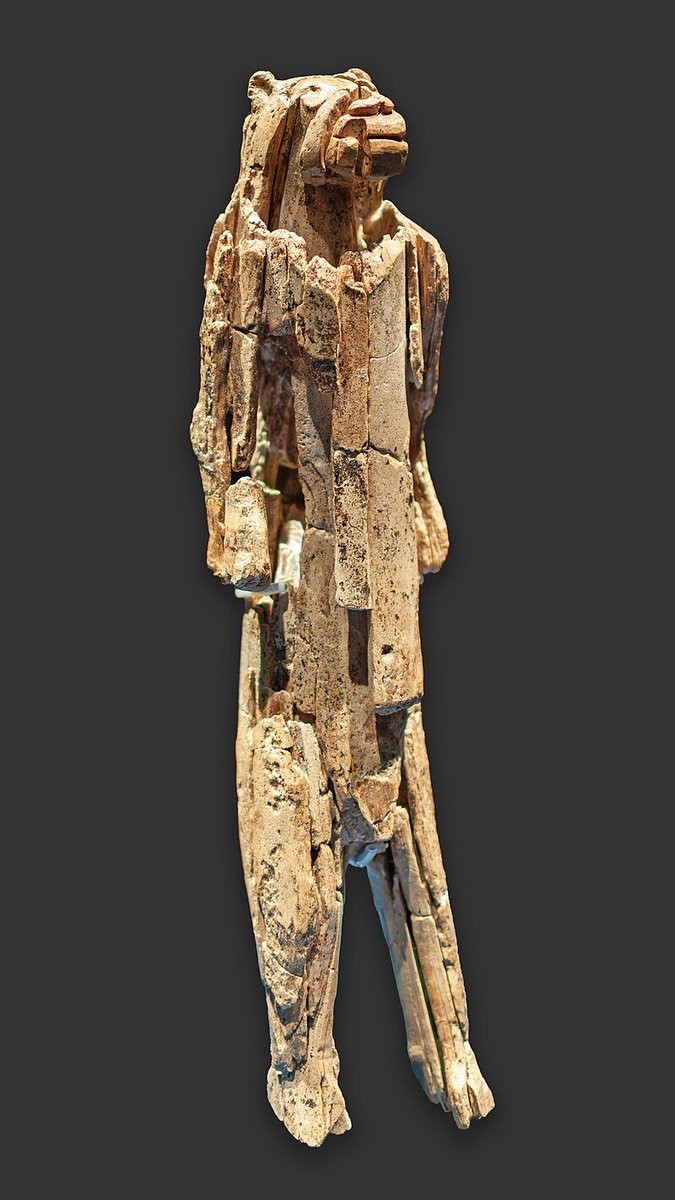
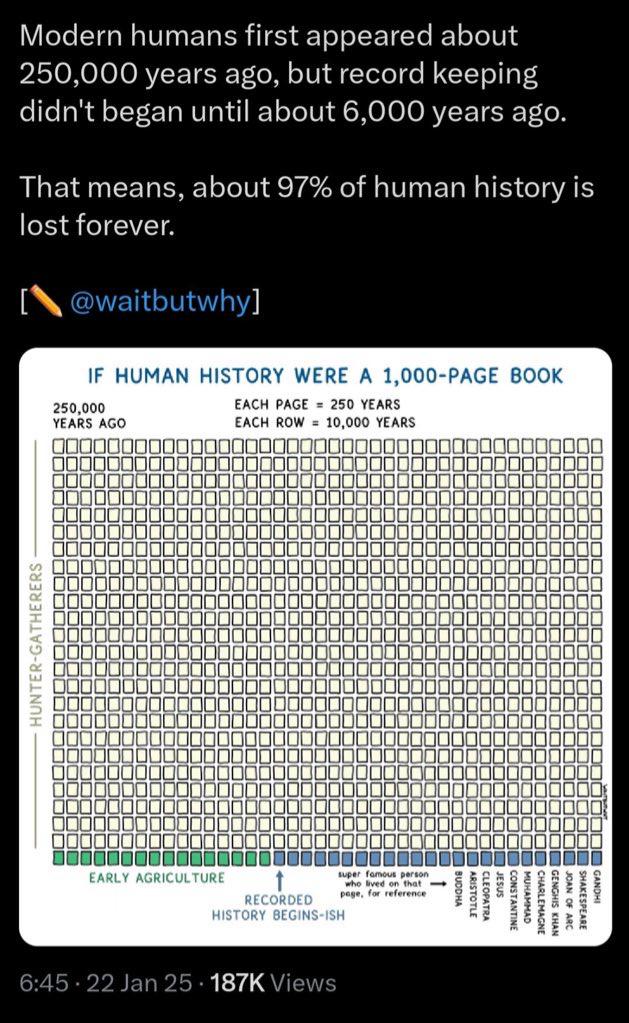
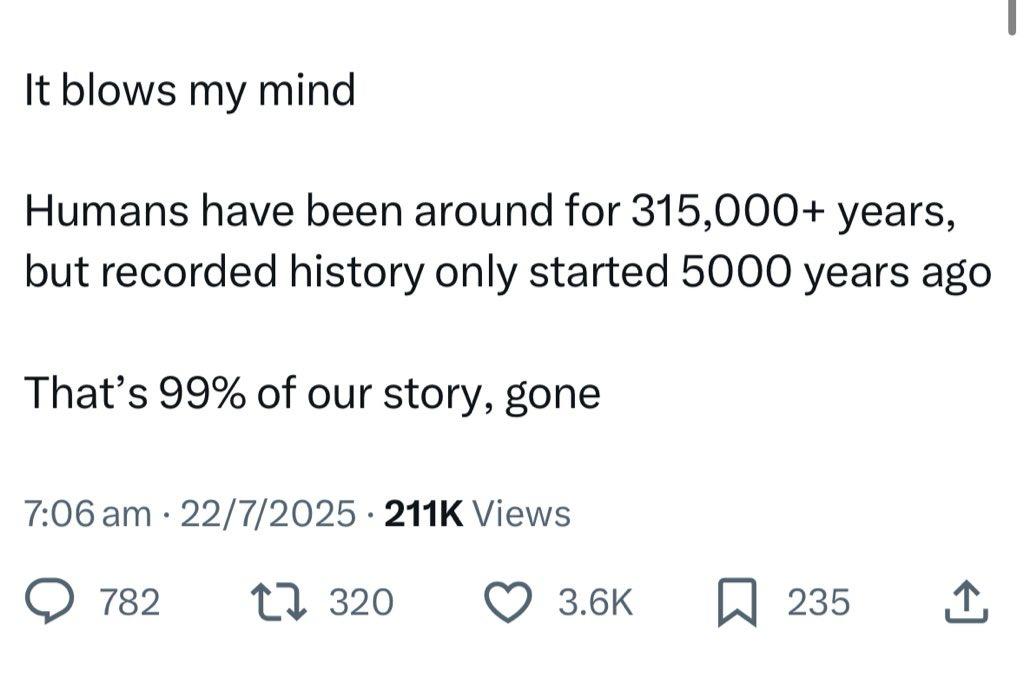
It is also know as the Löwenmensch figurine. It was found in a cave in Germany in 1939. It is made out of mammoth ivory and stands at about 30cm tall (about 12 inches). 2/ 
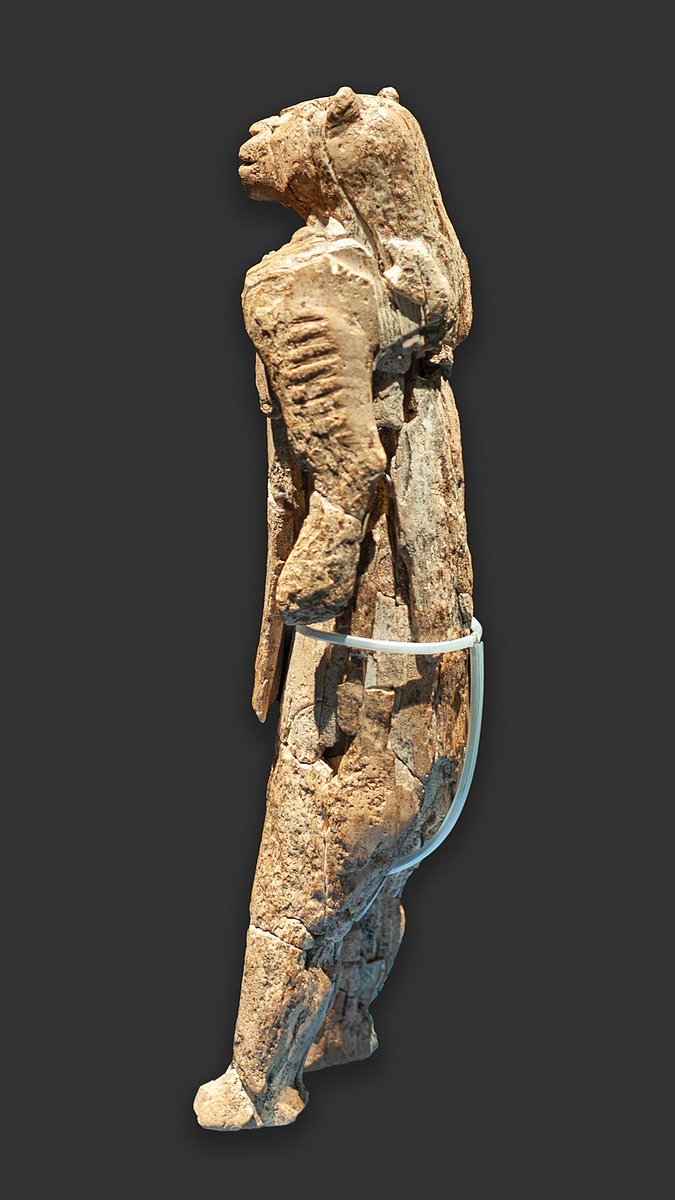
Using experimental archaeology, Hein was able to recreate this sculpture using recreation of the stone tools present in the cave system. He used legally obtained elephant ivory instead of mammoth. Hein published several articles on this including: 3/ doi.org/10.1016/j.anth…
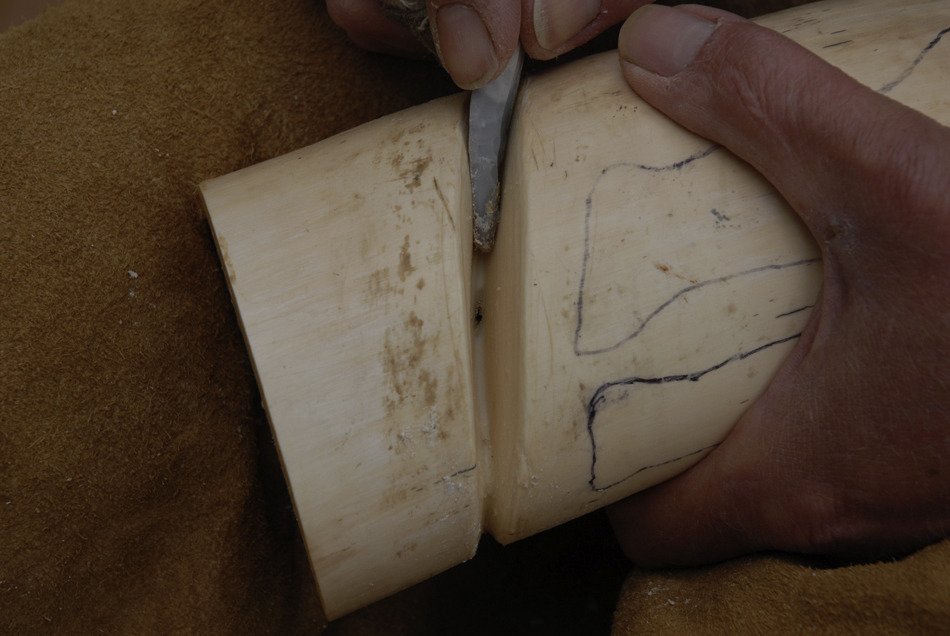
I won't go into the detail of the different tools and and techniques he tried (scraping with things like burins) but it took Hein- wait for this- 360 HOURS! Now Hein admits, the time the person would have taken 40,000 years ago would have been less because they'd be skilled. 4/ 


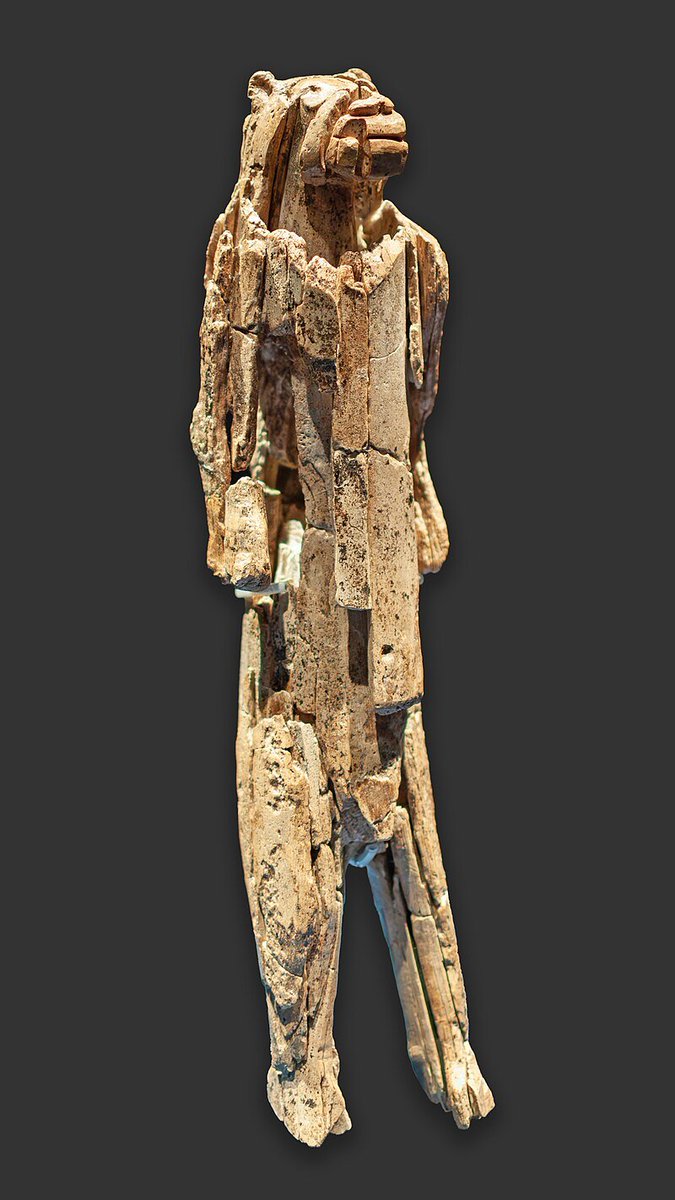
But it still would have been dozens of hours. Remember, Hein could go to the fridge or get a drink from the tap. Our Upper Paleolithic carver wouldn't have that luxury. It suggests it took days/months to create, unless they got a leave pass from hunting/gathering etc. 5/ 

Either possibility does has huge ramifications for our understanding of the Palaeolithic. Now this isn't the only sculpture. Here are some other stunners. All made tens of thousands of years ago. 6/ 





So imagine 40,000 years ago. You have had a successful hunt. You feast on mammoth as you sit in your cave and stay warm by the fire. You break off some tusk and start carving, the sounds of music filling the air. Wait-what? Music? Yep, c.40,000 years ago they had flutes. 7/ 

So lets say you went back 40,000 years and you wandered close to the cave. What might it have been like? Hushed tones, quiet sounds of people working? Well-archaeologists have looked into that too. Things like the acoustics in caves. Watch this: 8/
I recognise the point people are trying to make by the 'history' lost tweets. But the more we excavate, the more we can piece together the lives of ancient people- even before recorded history. So do me a favour and show some love for some Palaeolithic art! 9/ 
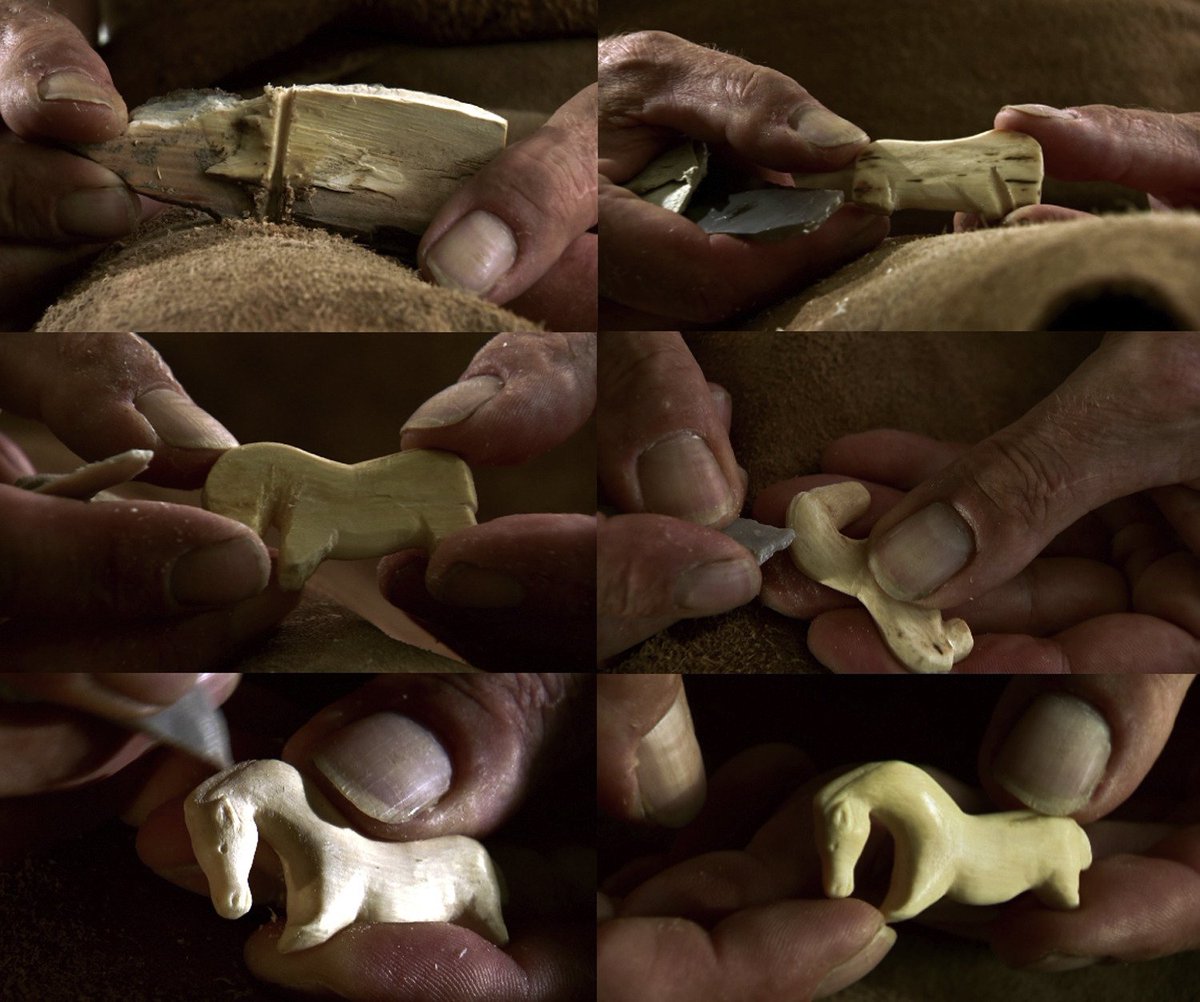
If you want to see where I got these photos- check out the ALT tags for references. Second, I apologise for the spelling/grammar. I am doing this whilst trying to do several thousand other things (including reviewing healthy and safety documents for my next excavation!👀👀) 10/10
Oh and if you made it this far- you can be the first to 'officially' know. I am about to make Youtube videos!! It's official. I have an account, an idea, and a camera! Filming to start this week and videos hopefully out in the next few weeks! Stay tuned! Make sure to subscribe
Finally, just because you can't say "A" on this hellhole without people screaming "WHAT ABOUT B". This isn't saying historical texts aren't important. They obviously are. It is just saying that our history isn't "lost" just because we don't have writing.
We have holes in the archaeological record. We have holes in the historical record.
If you are interested in archaeology- I am starting a Youtube channel! Tentatively titled 'Dig Deeper with Dr Hugh Thomas'. Hoping to have the first video up in the next week or two. Wasn't planning on announcing yet but 🤷♂️You can subscribe here
youtube.com/@drhughthomas
youtube.com/@drhughthomas
• • •
Missing some Tweet in this thread? You can try to
force a refresh




















